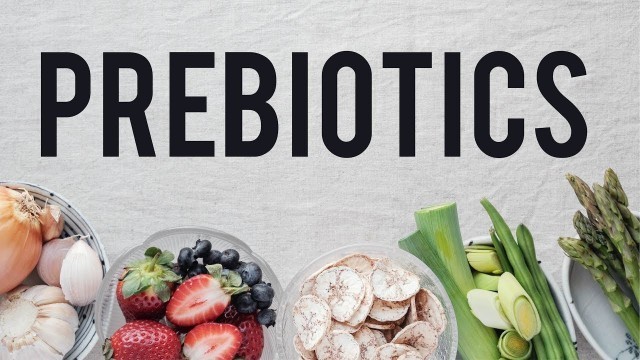

'Prebiotics are nutrients in our food that are fertilizer for your microbiome. Subscribe to Nourishable at https://www.youtube.com/c/Nourishable Support Nourishable on Patreon! https://www.patreon.com/nourishable Follow Nourishable on twitter, facebook and instagram to stay up to date on all things nutrition. https://twitter.com/nourishable fb.me/nourishable.tv https://www.instagram.com/nourishable/ Hosting, Research, Writing & Post-Production by Lara Hyde, PhD http://www.nourishable.tv Music & Video Production by Robbie Hyde https://www.youtube.com/user/chedderchowder Opening Motion Graphics by Jay Purugganan https://www.c9studio.com/WP/ Script with in-text citations http://bit.ly/2WDxyGi The information in this video is not intended or implied to be a substitute for professional medical advice, diagnosis or treatment. All content, including text, graphics, images and information, contained on or available through this video is for general information purposes only. The healthiest microbiomes are diverse like the Galapagos. But modern processed diets are starving our gut microbes, turning that diversity into a monoculture. This microbe monoculture starves the intestine, making the linkages between the intestinal cells leaky. A leaky gut allows nasty chemicals to seep in and cause inflammation, driving diseases like type II diabetes and cardiovascular disease. We want to learn how to manipulate the microbiome to optimize health. One way is through probiotics, when you eat actual live microbes. Another way is through prebiotics. Prebiotics are compounds in our food that fertilize beneficial microbes. Feeding fiber to our microbes generates beneficial microbe poop that is good for our health. The best studied prebiotics are in the fructooligosaccharide and galacto-oligosaccharide families - let’s call them FOS and GOS. We can eat FOS in asparagus, onion, garlic, beets, banana, tomatoes, dandelion greens, wheat, barley and rye and GOS in legumes, like chick peas and lentils. FOS and GOS stimulate growth of good bacteria in the lactobacillus and bifidobacterium families. When these bacteria ferment FOS and GOS, they produce beneficial microbe poop. One common issue among adults is constipation. Can a prebiotic help prevent constipation? Enter inulin, a type of FOS extracted from chicory root. Supplementing healthy but constipated adults for 4 weeks with inulin improved poop consistency and increased frequency, significantly enhancing quality of life. Another source of prebiotic fibers is oatmeal. Oat fibers like beta-glucan stimulate growth of good Bifidobacteria and generates that beneficial microbe poop. Pretty much everyone should be eating fiber-rich fruits, vegetables, whole grains and legumes which naturally contain prebiotics. One exception are people with inflammatory bowel syndrome. Some IBS symptoms can be managed by identifying specific dietary triggers through an elimination protocol called the low-FODMAP diet. This diet eliminates all the nutrients that can be fermented by microbes and then slowly adds them back in to figure which specific foods are problematic. Build your diet around diverse plant foods to nourish your microbiome. References https://www.ncbi.nlm.nih.gov/pmc/articles/PMC4360115/ https://www.nature.com/articles/nature23889 https://www.ncbi.nlm.nih.gov/pubmed/30154767 https://www.ncbi.nlm.nih.gov/pmc/articles/PMC6470608/ https://www.ncbi.nlm.nih.gov/pubmed/28767318 https://www.ncbi.nlm.nih.gov/pubmed/24336217 https://www.ncbi.nlm.nih.gov/pmc/articles/PMC4850918/ https://www.pnas.org/content/107/33/14691 https://www.ncbi.nlm.nih.gov/pubmed/25156449 https://www.ncbi.nlm.nih.gov/pubmed/28611480 https://www.ncbi.nlm.nih.gov/pubmed/22699609 https://www.ncbi.nlm.nih.gov/pubmed/28914794 https://www.ncbi.nlm.nih.gov/pubmed/30267869 https://www.ncbi.nlm.nih.gov/pubmed/27908847 https://www.ncbi.nlm.nih.gov/pubmed/25901889 https://www.ncbi.nlm.nih.gov/pubmed/28360349 https://www.ncbi.nlm.nih.gov/pubmed/16576512 https://www.ncbi.nlm.nih.gov/pubmed/28165863 https://www.ncbi.nlm.nih.gov/pubmed/23363999 https://www.ncbi.nlm.nih.gov/pmc/articles/PMC6124841/ https://www.ncbi.nlm.nih.gov/pmc/articles/PMC5331584/ https://www.ncbi.nlm.nih.gov/pubmed/28244671 https://www.ncbi.nlm.nih.gov/pubmed/28948462 https://www.ncbi.nlm.nih.gov/pubmed/27178951 https://www.ncbi.nlm.nih.gov/pubmed/27492975 https://www.efsa.europa.eu/en/efsajournal/pub/3951 https://www.ncbi.nlm.nih.gov/pubmed/30411009 https://www.ncbi.nlm.nih.gov/pubmed/27872611 https://www.ncbi.nlm.nih.gov/pubmed/26343880 https://www.ncbi.nlm.nih.gov/pubmed/28814952 https://www.ncbi.nlm.nih.gov/pubmed/30356177 https://msystems.asm.org/content/3/3/e00031-18 Footage: Darryl Leja, NHGRI https://www.pexels.com/ : Keegan Evans, Miguel Á. Padriñán, rawpixel.com https://www.freepik.com/ :Banner vector created by pch.vector, Background vector created by freepik Shutterstock, https://pixabay.com/ http://www.mojimade.com/poop https://www.holygrain.com'
Tags: healthy lifestyle , nutrition , microbiome , OATMEAL , gut health , gut microbiome , fiber , constipation , probiotics , prebiotics , survival of the fittest , Galapagos , nourishable , Lara Hyde , inulin , dr. Lara , nutrition research , chicory root , beta glucan , nourish your microbes , fructooligosaccharides , galactooligosaccharides , galapagos finches , microbe poop , brain-gut axis , nutrition phd
See also:
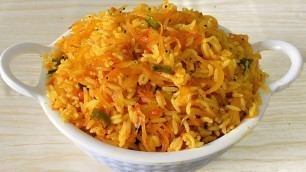
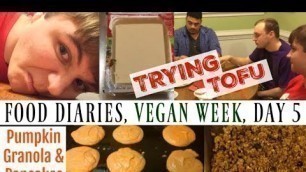

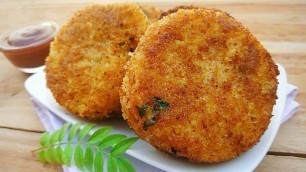





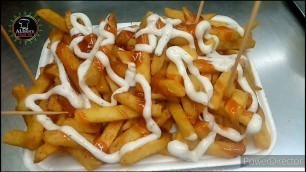

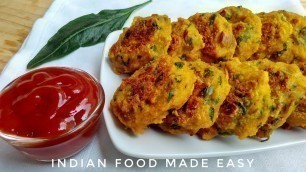
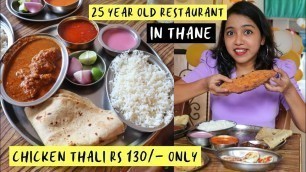
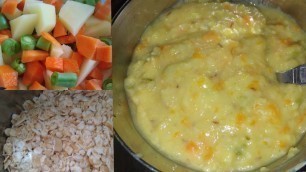



comments